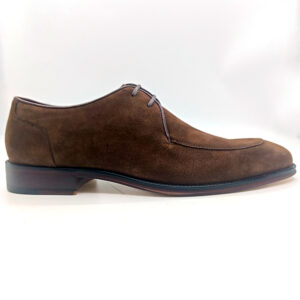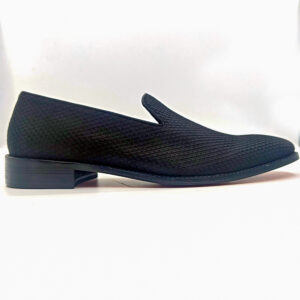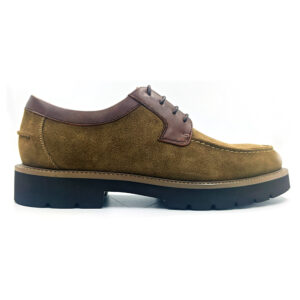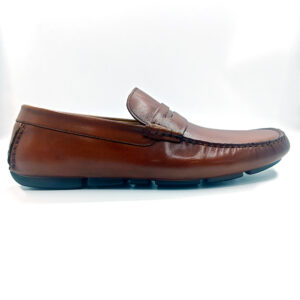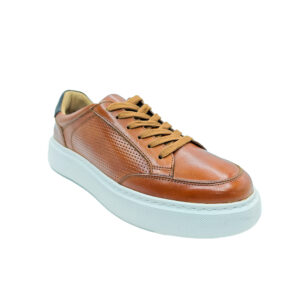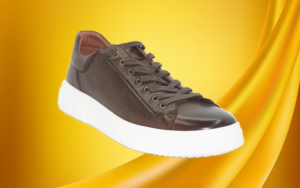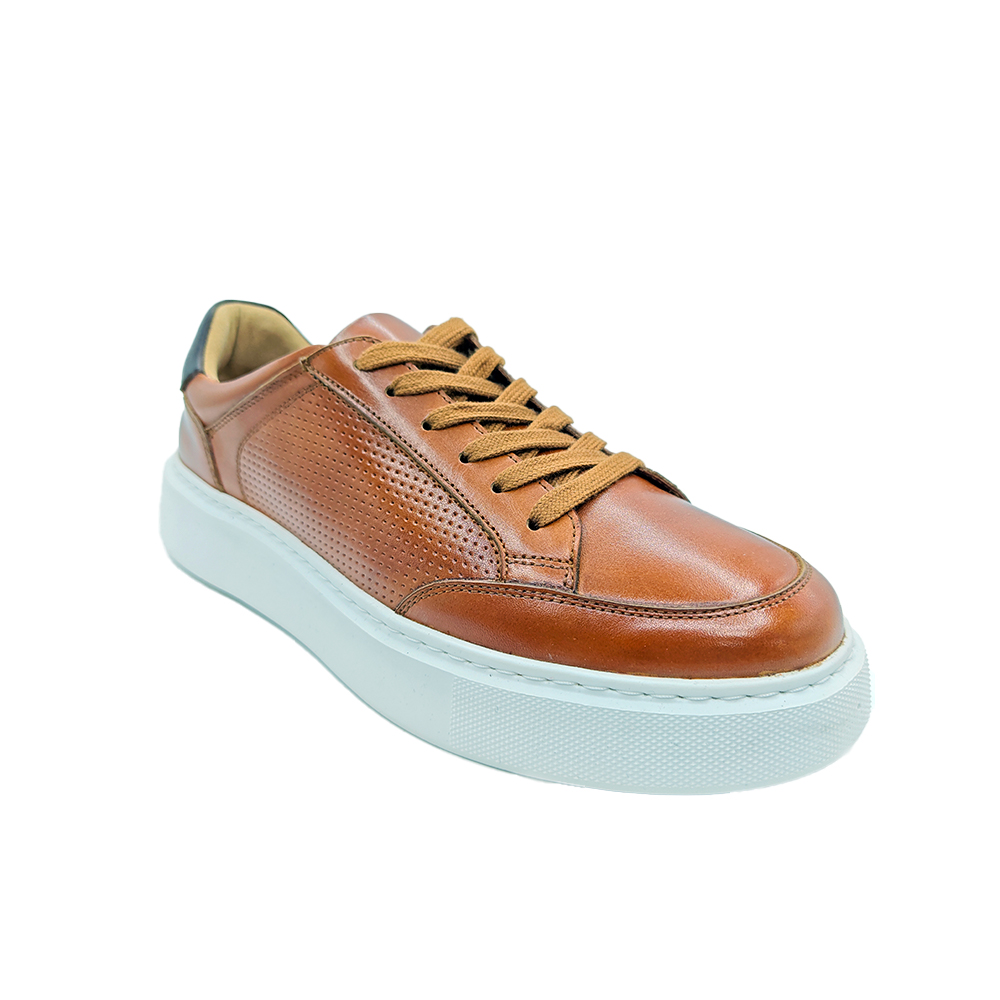In daily life, shoes are not only a necessity for us to walk, but also an important element to show personal style and taste. A pair of suitable shoes can not only bring a comfortable wearing experience, but also enhance the fashion sense of the overall shape. However, faced with a wide range of shoe styles and complex material choices, how to choose the most suitable shoes for yourself has become a topic worth discussing. This article will provide you with a comprehensive shoe selection guide from multiple aspects such as foot shape analysis, occasion requirements, material selection, size measurement, fitting skills, and maintenance.
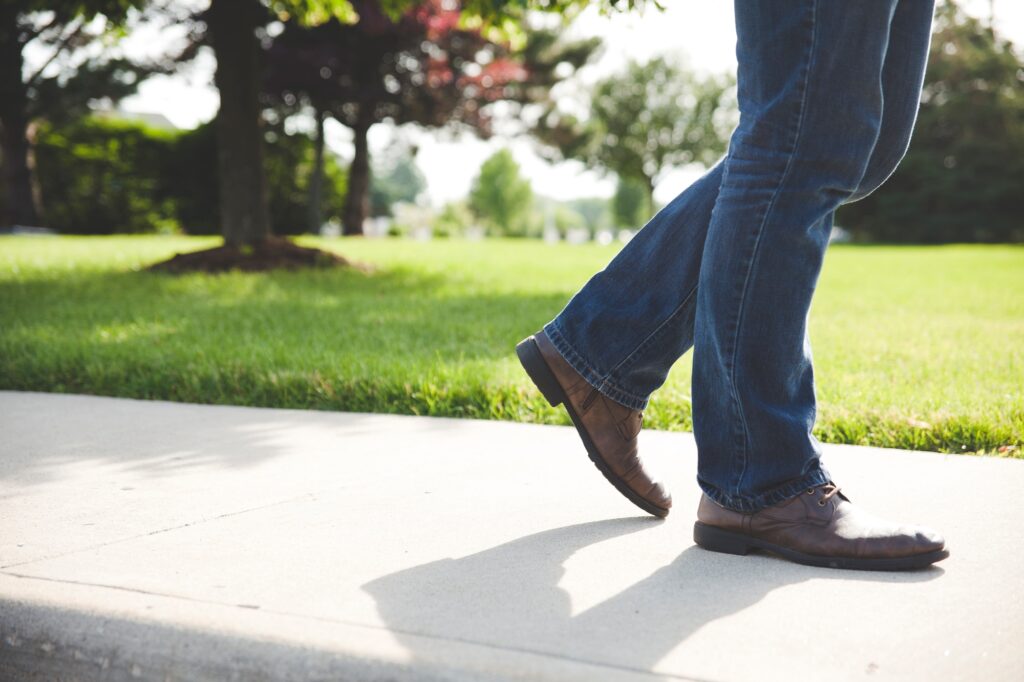
1. Understand your foot shape
Everyone’s foot shape is unique, so choosing the right shoes should first start with understanding your foot shape. Common foot shapes include normal foot shape, flat feet, high arch feet, wide feet, and narrow feet. Understanding your foot shape will help you choose shoes that fit your feet better and reduce friction and discomfort.
Normal foot shape: the toes are neatly arranged, the arch of the foot is moderate, and there is no obvious inward and outward rotation. This type of foot shape is suitable for most shoes, such as sports shoes, casual shoes, leather shoes, etc.
Flat feet: The arch of the foot is low and the sole of the foot is almost completely attached to the ground. This type of foot needs to choose shoes with good support and stability, such as sports shoes with arch support or special flat foot correction shoes.
High arch foot: The arch of the foot is high and the middle part of the sole is suspended. This type of foot needs to choose soft and shock-absorbing shoes to reduce the impact when walking.
Wide feet: The sole is wide, and you need to choose shoes with a wide toe and good elasticity on the upper to avoid squeezing and discomfort.
Narrow feet: The sole is narrow, and you need to choose shoes with a slender shape and a close upper to maintain the stability of the foot.
2. Consider the needs of the occasion
Different occasions have different requirements for shoes. Therefore, when choosing shoes, you also need to consider the specific needs of the occasion to ensure the practicality and fashion of the shoes.
Daily leisure: For daily leisure occasions, you can choose comfortable and lightweight shoes, such as sports shoes, canvas shoes, casual leather shoes, etc. These shoes are not only comfortable to wear, but also can be easily matched with various casual outfits.
Formal business: For formal business occasions, you need to choose solemn and generous shoes, such as black or dark brown leather shoes. These shoes have simple designs and smooth lines, which can show a professional and capable image.
Sports and fitness: Sports and fitness occasions need to choose shoes with good support, shock absorption and breathability, such as running shoes, basketball shoes, yoga shoes, etc. These shoes can protect the feet from sports injuries and improve sports performance.
Special occasions: For special occasions such as weddings and dances, you need to choose matching shoes, such as high heels and evening dress shoes. These shoes are exquisitely designed and gorgeously decorated, which can add highlights to the overall shape.
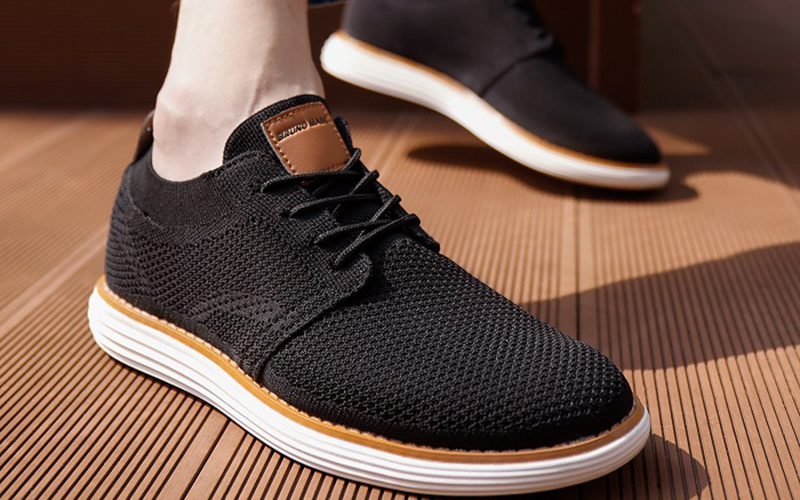


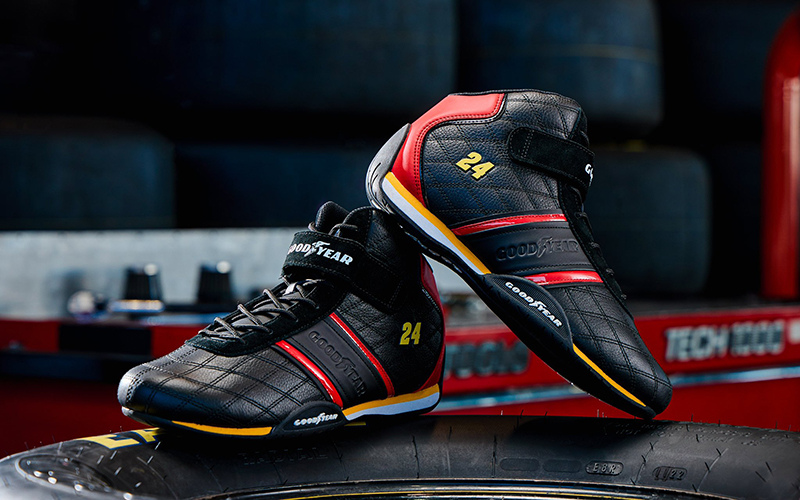

3. The importance of material selection
The material of the shoes directly affects the comfort and durability of the shoes. Therefore, when choosing shoes, you also need to pay attention to the material of the shoes.
Upper material: Common upper materials include leather, canvas, synthetic leather, etc. Leather uppers are soft and breathable, suitable for formal occasions; canvas uppers are light and breathable, suitable for daily casual wear; synthetic leather uppers are affordable and easy to care for, but their breathability and comfort are slightly inferior to leather and canvas.
Sole material: The sole material determines the grip, shock absorption and wear resistance of the shoe. Common sole materials include rubber, EVA, TPU, etc. Rubber soles have strong grip and good wear resistance, suitable for outdoor wear; EVA soles have excellent shock absorption performance and are suitable for sports and fitness; TPU soles are light and elastic, suitable for daily casual wear.
Lining material: The lining material is directly related to the comfort and breathability of the shoe. High-quality lining materials such as natural leather, fabric, etc. can provide good wrapping and breathability, reduce foot friction and odor.
4. Accuracy of size measurement
It is crucial to choose the right shoe size. Too large or too small size will cause discomfort and even affect walking safety. Therefore, before buying shoes, you need to accurately measure your foot length and width.
Measure foot length: Place your foot flat on paper, outline the outline of your foot with a pen, and then measure the longest distance as the foot length. Note that you should keep your feet in a natural state when measuring, and do not deliberately lengthen or shorten your toes.
Measure the width of your foot: measure the width at the widest part of your foot (usually the widest part of the sole). Also keep your feet in a natural state, do not squeeze or spread your soles hard.
Refer to the size chart: According to the measured foot length and width data, refer to the shoe size chart to choose the right size. The sizes of shoes of different brands and styles may vary, so it is best to try them on before making a decision.
5. Trying on skills and precautions
Trying on is an indispensable step in the process of choosing shoes. By trying on, you can intuitively feel the comfort, fit and aesthetics of the shoes. When trying on, you need to pay attention to the following tips:
Try on in the afternoon: People’s feet will swell during the day, so it is best to try on shoes in the afternoon or evening to ensure that the shoes you choose can also be worn comfortably when your feet are the most swollen.
Try on with socks: When trying on, wear the socks you usually wear to simulate the actual wearing situation. Avoid trying on barefoot or wearing too thick or too thin socks to avoid affecting the try-on effect.
Take a few more steps: When trying on shoes, don’t just stand and look at them. Take a few more steps or even jog to feel the comfort and stability of the shoes. Pay attention to whether the shoes fit tightly against the feet and whether there is friction or squeezing.
Consider the elasticity of the shoes: Shoes made of different materials have different elasticity. Leather uppers usually have a certain elasticity and can be slightly tighter when trying them on; canvas or synthetic leather uppers have less elasticity, so you should ensure that they are comfortable when trying them on.
-
Rated 0 out of 5
-
Rated 0 out of 5
-
Rated 0 out of 5
-
Rated 0 out of 5
6. Care and maintenance of shoes
Choosing the right shoes is only the first step, and correct care and maintenance are equally important. Good maintenance habits can extend the service life of shoes and maintain the beauty and comfort of shoes.
Clean regularly: Choose the appropriate cleaning method according to the material of the shoes. Leather uppers can be cleaned and maintained with special leather cleaners and maintenance agents; canvas uppers can be cleaned with a soft brush and neutral detergent. Avoid using hard objects or chemical solvents to scratch the uppers to avoid damaging the material.
Keep dry: Shoes are prone to bacteria and odor in a humid environment. Therefore, after wearing, put the shoes in a ventilated place to dry in time and keep the inside dry. Avoid exposing the shoes to the sun or high temperature environment for a long time to avoid aging and deformation of the material.
Rotational wear: Wearing the same pair of shoes for a long time will cause the shoes to deform and wear faster. Therefore, it is recommended to rotate multiple pairs of shoes to reduce the pressure on a single pair of shoes and extend the service life.
Professional maintenance: When the shoes have problems such as degumming and broken lines, professional maintenance services should be sought in time for repair. Avoid handling them by yourself or delaying the repair time to avoid aggravating the problem and affecting the wearing effect and service life.
comprehensive consideration of many factors
Choosing the right shoes is a task that requires comprehensive consideration of many factors. By understanding your foot shape, considering the needs of the occasion, paying attention to the material selection, accurately measuring the size, mastering the try-on skills, and doing a good job of maintenance, we can choose comfortable and fashionable shoes to add more color and vitality to our lives. I hope that the guide in this article can provide useful reference and help for your shoe selection.

